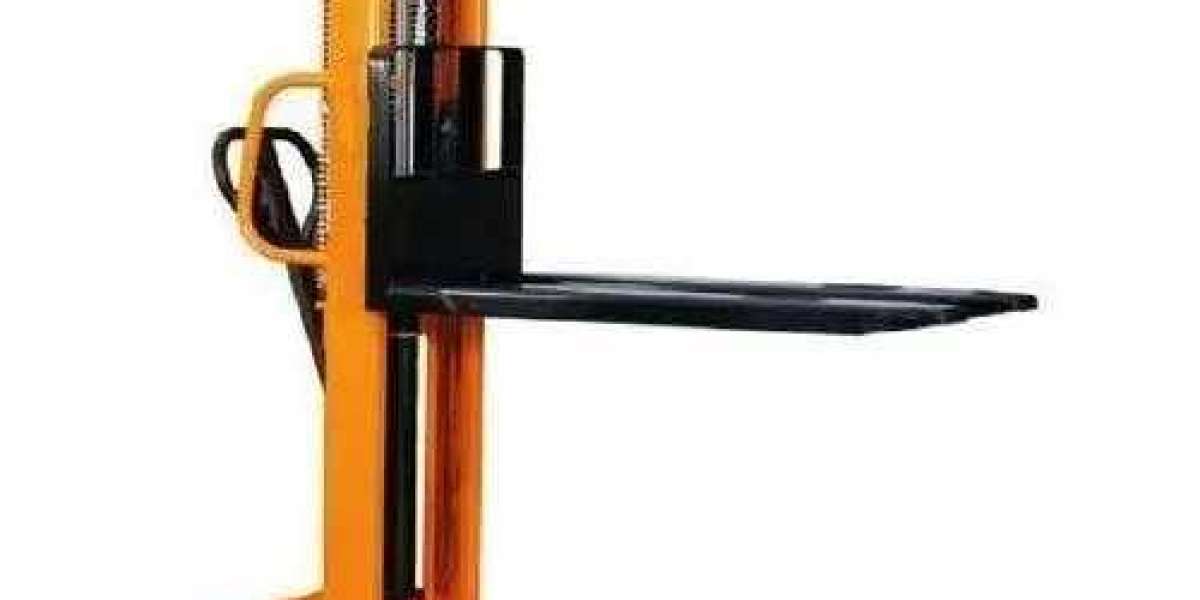Best Practices for Washroom Cleaning: Ensuring Hygiene and Cleanliness
Introduction:
Maintaining clean and hygienic washrooms is crucial for the health and well-being of individuals. Effective washroom cleaning practices not only promote a pleasant environment but also help prevent the spread of germs and diseases. In this blog post, we will delve into the best practices for washroom cleaning, providing you with valuable insights and techniques to ensure optimum cleanliness and hygiene in washroom facilities.
Preparing for Cleaning:
- Before initiating the cleaning process, it is essential to gather the necessary cleaning supplies and equipment. This includes gloves, masks, disinfectants, mops, brushes, and microfiber cloths. Ensure you have sufficient quantities of these items before beginning the cleaning routine. Additionally, familiarize yourself with any specific cleaning protocols or guidelines provided by your organization or facility.
Surface Cleaning and Disinfection:
- Thoroughly clean and disinfect all washroom surfaces, paying close attention to high-touch areas such as doorknobs, faucets, toilet flush handles, and light switches. Start by removing any visible dirt or debris using a damp cloth or sponge. Then, apply an appropriate disinfectant, allowing it to sit for the recommended contact time specified on the product label. Wipe down the surfaces using a microfiber cloth, ensuring all areas are covered. Remember to clean the undersides of toilet seats and the rims of sinks and faucets.
Toilet Cleaning:
- Toilets require special attention due to their nature and frequency of use. Begin by applying a toilet cleaner to the inside of the bowl, scrubbing it thoroughly with a toilet brush. Pay close attention to the waterline and hard-to-reach areas. After scrubbing, flush the toilet to rinse away the cleaner. Clean the outer surfaces of the toilet, including the seat, lid, and base, using a disinfectant solution. Be sure to clean and disinfect the toilet handle as well.
Floors and Drains:
- Washroom floors should be swept or vacuumed to remove loose dirt and debris. Then, mop the floors using a suitable cleaning solution, paying particular attention to corners and edges. Ensure the mop head is rinsed frequently to avoid spreading dirt. Properly disinfect floor drains, as they can harbor bacteria and unpleasant odors. Use a drain cleaner to remove any clogs or buildup, followed by disinfection using an appropriate product. If you are looking for these services Bathroom cleaning services noida , Washroom cleaning services then helperji is the best service provider in the delhi ncr
Restocking Supplies:
- Regularly check and restock essential washroom supplies, such as toilet paper, hand soap, paper towels, and hand sanitizers. Ensure that dispensers are clean and functioning properly. Stock an adequate quantity of supplies to meet the needs of washroom users. Additionally, maintain a backup stock of supplies to prevent shortages.
Conclusion:
Maintaining cleanliness and hygiene in washrooms is crucial for the well-being of individuals and the prevention of disease transmission. By following these best practices, you can ensure that washroom facilities are clean, fresh-smelling, and welcoming for all users. Remember to regularly assess and adjust your cleaning routine based on specific requirements and feedback. Prioritize the use of appropriate cleaning products and follow manufacturer instructions for effective results. By implementing these best practices, you contribute to a healthier and more pleasant environment for everyone.








